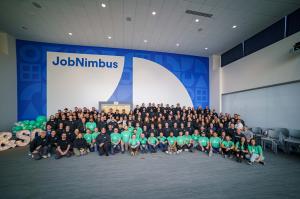[tdc_zone type=”tdc_content”][vc_row][vc_column width=”1/1″]
Trending Now
APPLIANCE REPAIRS
ElectraFix Delivers fast Appliance Repair Services in Coquitlam, BC
PRESS RELEASEPublished August 8, 2023ElectraFix offers dryer vent cleaning services in Coquitlam, BC, ensuring efficient and safe dryer operation and same-day repairs for various...
WATER DAMAGE & RESTORATION
ROOFING
JobNimbus and SumoQuote: Uniting Two Best-in-Class Tools to Redefine Roofing Software
Group Photo of the JobNimbus and...
TREE SERVICES
Rep. Houlahan honored with tree planting in West Chester – Daily...
WEST CHESTER - U.S. Representative Chrissy Houlahan was thrilled when a tree was planted in her honor in Everhart Park on a bright, sunny...
MOST POPLULAR
Developer abandons plan to cut down Wedgwood tree
A Bellevue-based real estate lending company has backed out of plans to remove a double-trunk Western red cedar in Wedgwood...
PLUMBING
Harrisburg sets spring opening for Broad Street Market tent, receives free...
Broad Street Market temporary tent
Harrisburg announced that a...








































